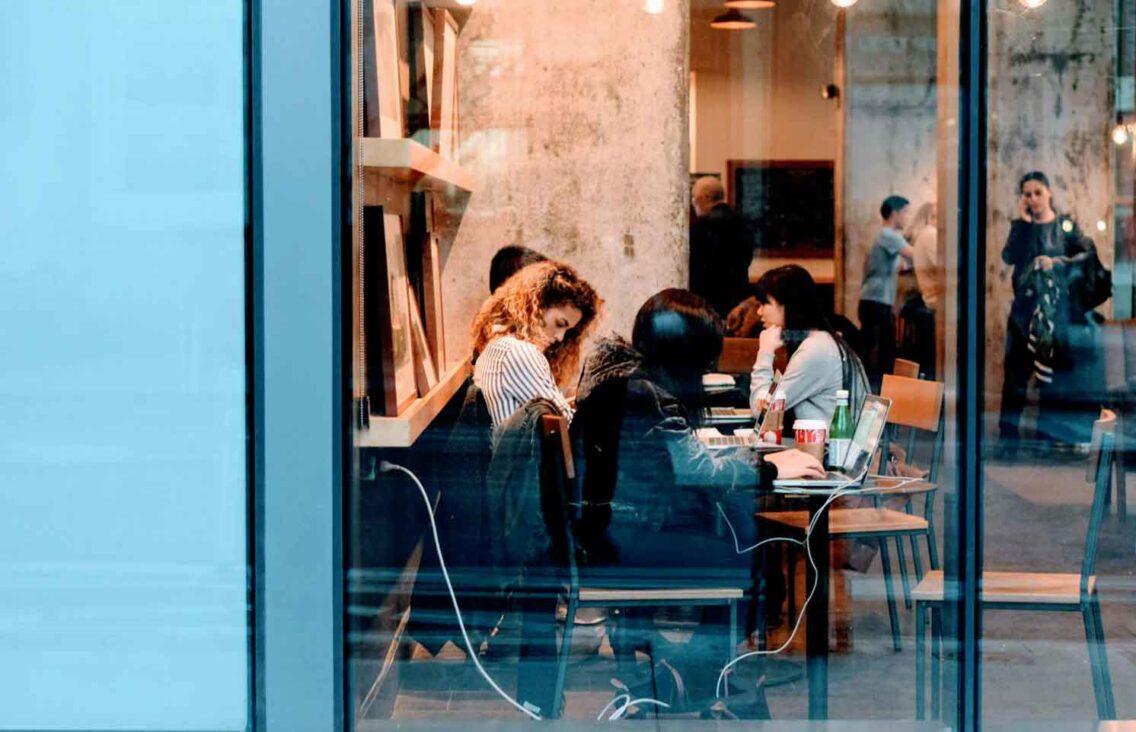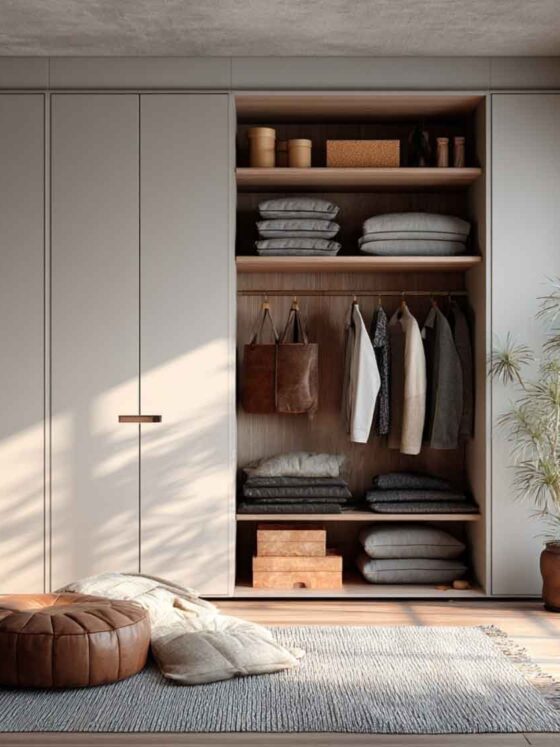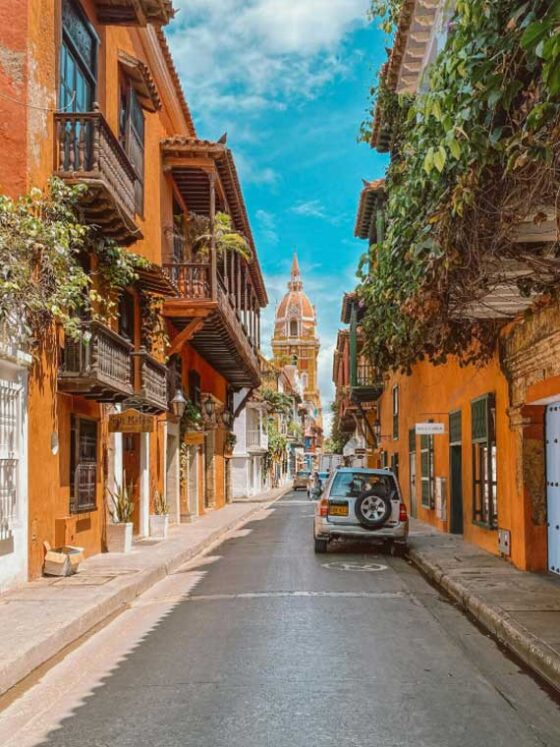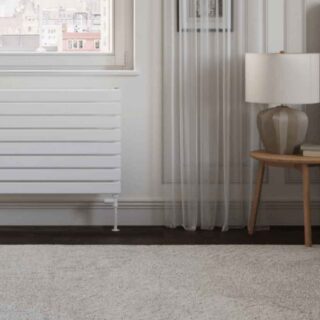Our surroundings have a profound impact on how we live, dress, decorate, and even think. The environment isn’t just the backdrop to our lives; it’s a silent architect shaping our aesthetic preferences and the way we interact with the world.
From the colors we choose for our homes to the pace of our daily routines, here’s how every element of our environment subtly influences who we are and what we value.
The Connection Between Place and Personal Style
Where we live plays a key role in developing our personal style. Someone raised in a coastal town might lean toward breezy, minimalist interiors with shades of white and blue, inspired by the sea and sand. In contrast, a person living in a bustling city may favor modern furniture, industrial tones, and compact designs that fit seamlessly into fast-paced urban living.
This connection between place and style often reflects practicality as much as creativity. Climate, architecture, and even public spaces all contribute to shaping our tastes. Warm regions invite light fabrics and open, airy layouts, while colder environments encourage cozy textures and layered aesthetics. These preferences form not only our physical surroundings but also the moods we cultivate within them.
Urban Influence on Aesthetic Expression
Cities are vibrant ecosystems of innovation and diversity, and this cultural energy inevitably seeps into the aesthetic sensibilities of those who live there. In urban environments, people are constantly exposed to art, design, and social trends that evolve quickly. The rhythm of city life encourages experimentation; residents might be drawn to contemporary fashion, sleek interiors, or artistic statement pieces that reflect the dynamic atmosphere around them.
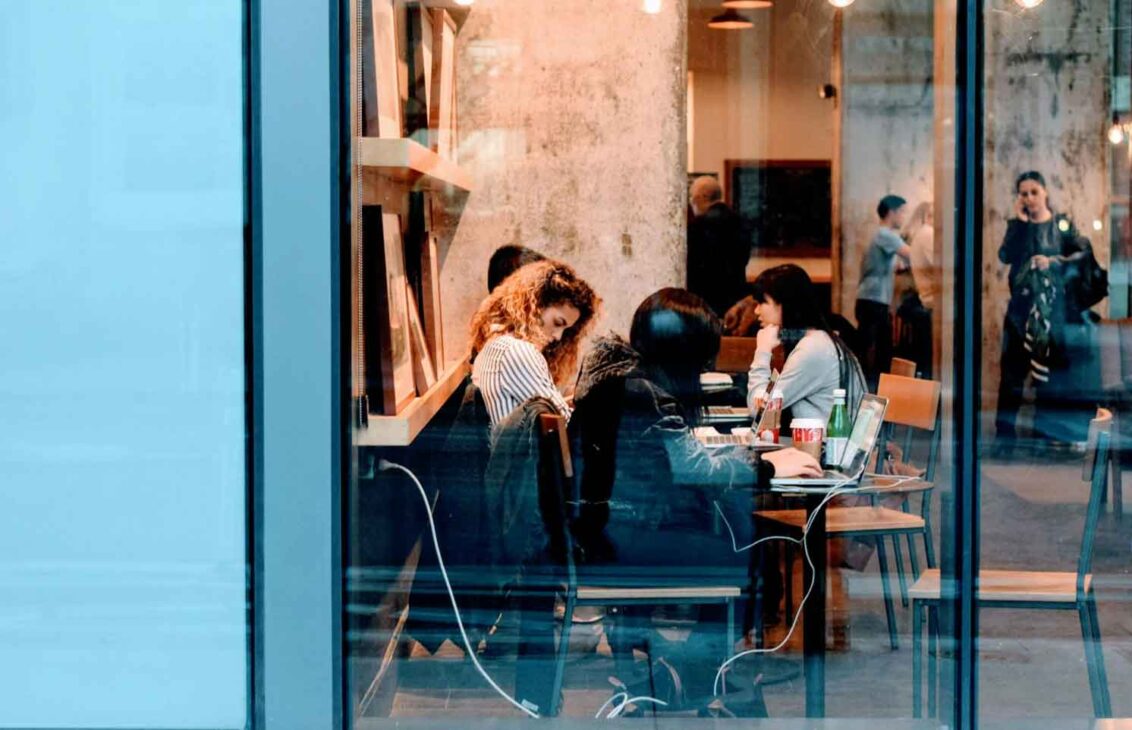
Take East London, for example, a region known for its creative spirit and distinctive mix of old and new. The area’s combination of industrial heritage and modern regeneration has inspired countless design trends, from exposed brick walls to eclectic streetwear. It’s no coincidence that individuals moving into or around such areas often adapt their own styles to reflect the energy and culture that define the neighborhood. For anyone navigating relocation in this bustling region, looking up professional support (for example, East London removals) can make the transition smoother, allowing residents to focus on shaping a lifestyle that truly fits their environment.
Nature’s Role in Shaping Design and Wellbeing
While urban landscapes influence modern aesthetics, nature continues to be a timeless source of inspiration. The growing popularity of biophilic design (incorporating natural elements like plants, wood, and sunlight into homes and workplaces) demonstrates how people crave a connection with the natural world, even in the heart of a city.

Living near green spaces or bodies of water often translates to more organic design choices, such as neutral color palettes and sustainable materials. Beyond aesthetics, these decisions reflect a lifestyle centered around calmness, balance, and mindfulness. The closer people feel to nature, the more likely they are to prioritize wellbeing and adopt eco-conscious habits that mirror their surroundings.
Social Environments and Shared Influences
The environment isn’t limited to geography; it also includes the social circles and communities that shape our lives. Our peers, workplaces, and cultural environments influence the choices we make daily. For example, living in a community that values sustainability might encourage individuals to embrace second-hand fashion or minimalist living. Similarly, being surrounded by creative professionals could lead someone to express individuality through bold art, unique décor, or personal projects.
These social environments act as microcultures where ideas, values, and aesthetics are shared and adapted. Over time, they contribute to broader trends that define generations or regions. What begins as a local preference often becomes a wider cultural movement, shaping how people collectively express beauty and identity.
Creating Harmony Between Environment and Lifestyle
Understanding how the environment influences us allows for more intentional living. When we align our lifestyle and aesthetics with our surroundings, our spaces and routines become more harmonious. For some, that might mean embracing city-inspired functionality; for others, it’s about bringing nature indoors or blending old-world charm with modern minimalism.
Ultimately, our environments, both physical and social, act as mirrors, reflecting who we are and shaping who we become. Whether through architecture, community, or climate, they guide our sense of beauty, comfort, and identity. By recognizing these influences, we can make choices that not only enhance our living spaces but also nurture a lifestyle that feels authentic and deeply connected to the world around us.

